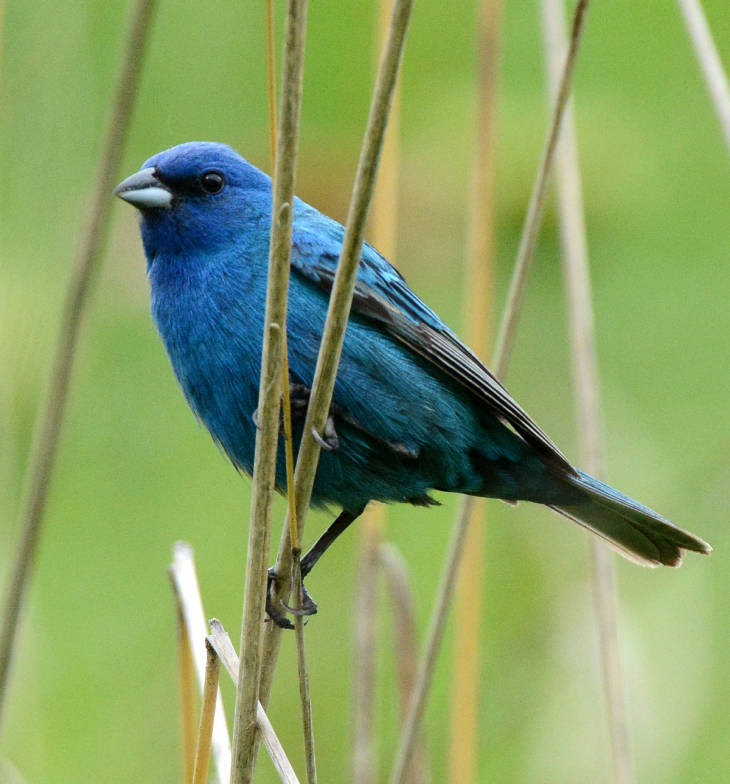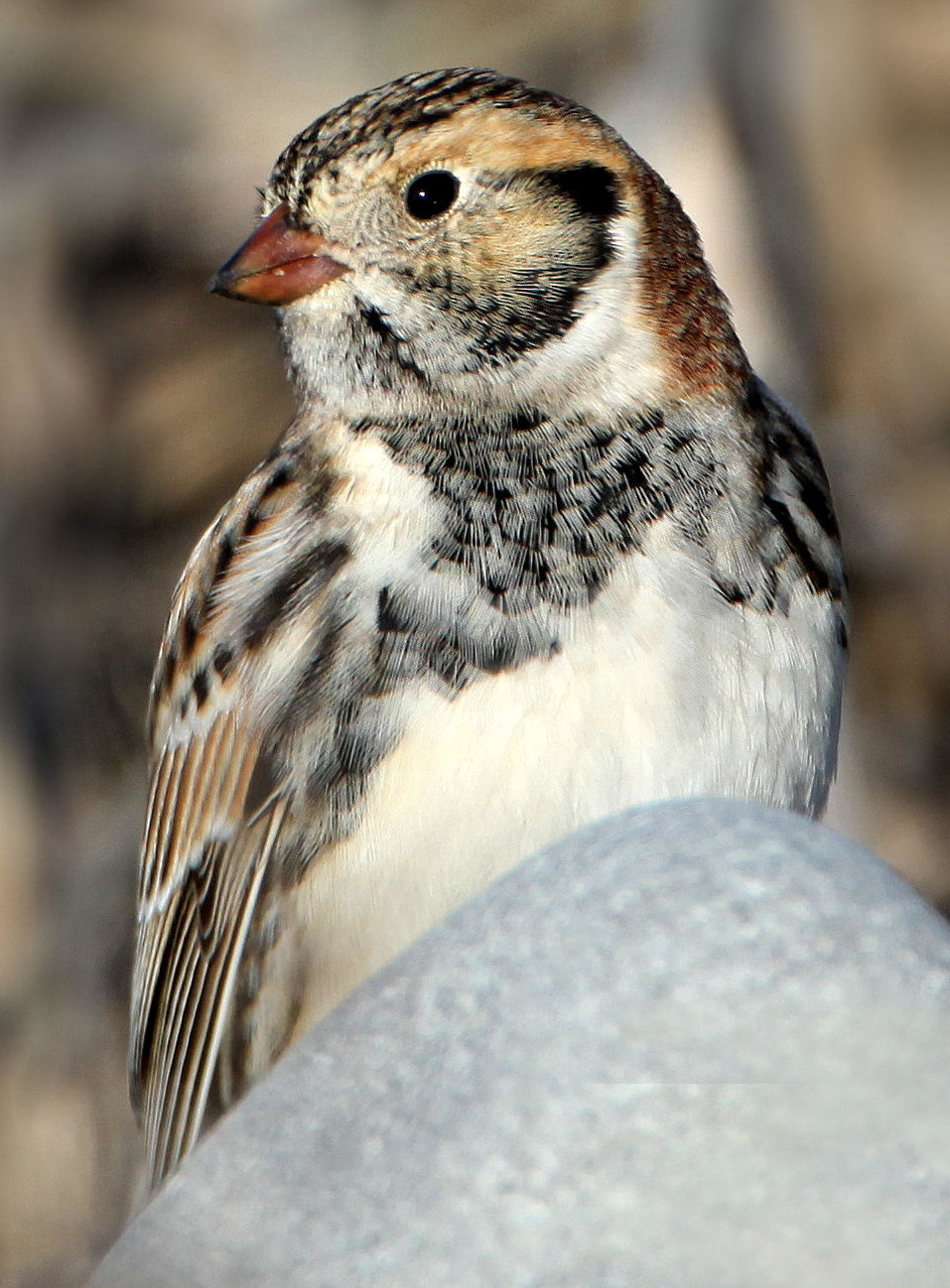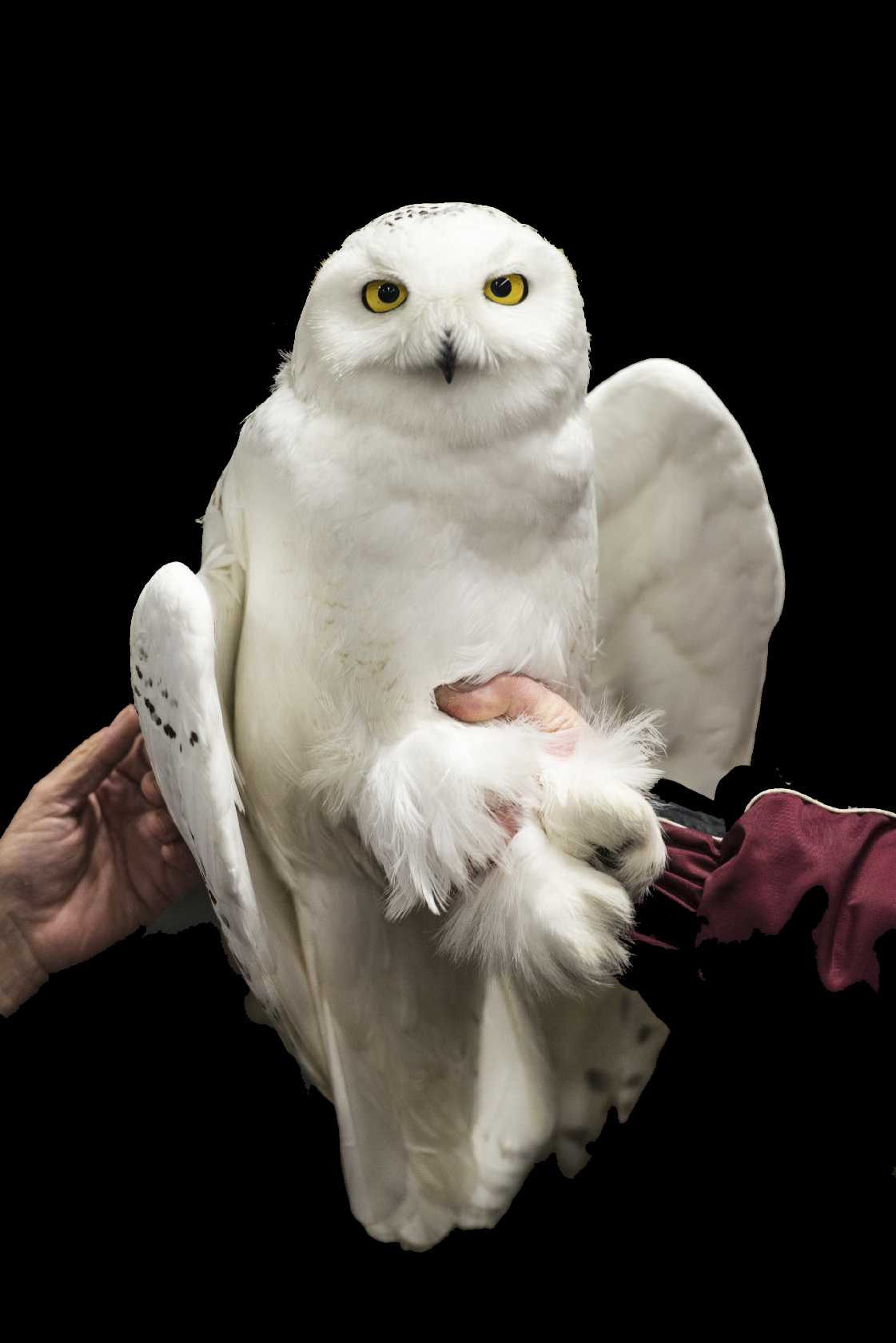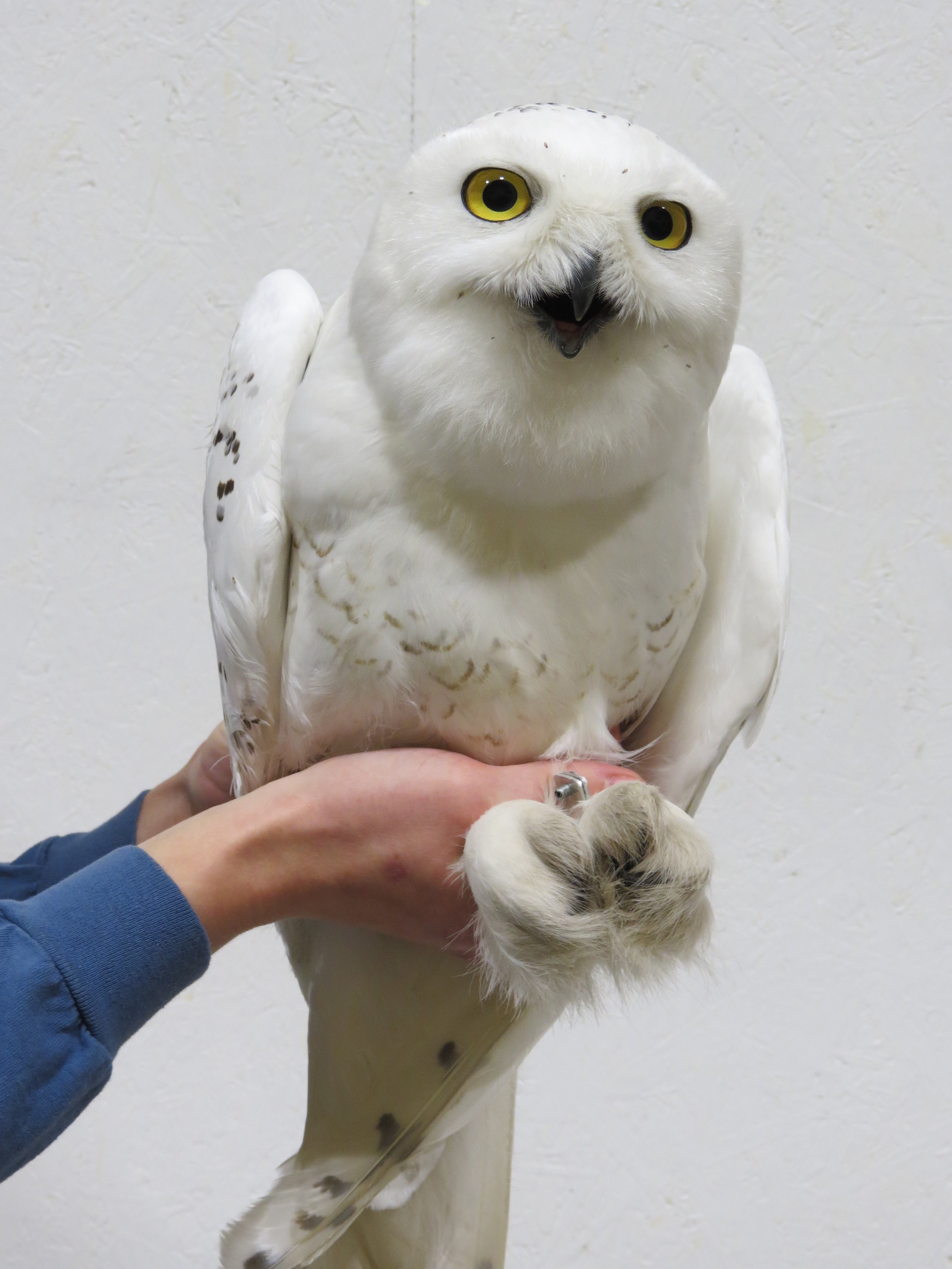This past week I was in Hawaii, enjoying the sunshine and natural beauty that the Maui had to offer. In this post, I’d like to piggyback off of Graham’s wonderful talk about his trip to Puerto Rico and appreciating the common migratory birds of Wisconsin that have found their way to the island.
Hawaii is… a bit different. While I was there, I heard it referred to many times as “the extinction capital of the world.” Of the 40 or so native honeycreeper bird species of Hawaii, over half have gone extinct. Large, flightless birds likewise saw their own extinction not long after the Polynesians arrived.
Hawaii is rich with natural features and “endemic” species—species that occur nowhere else on earth. The Hawaiian archipelago occurs nearly 3,000 miles from the nearest continental landmass. Volcanic action formed the islands hundreds of millions of years ago. The isolation, location in the tropics, and steep volcanic slopes have created a hotspot for evolution. Nearly 90% of the flora of Hawaii is endemic and occurs nowhere else on earth—it evolved on the Hawaiian Islands. While there is a great history of evolution on the islands, there is not a comparatively great diversity of life. Consider this: Faville Grove Sanctuary has somewhere around 650 native plants within its two square mile boundaries. The island of Maui, meanwhile, has about 690 native species within 727 square miles. The difference, of course, is that throughout history, a plant might arrive on the Hawaiian Islands once every 30,000 years. When that plant or bird did arrive on the islands, it evolved to occupy the available niches on the island and became a form unlike anything else on earth. The Hawaiian Islands occupy about 11,000 square miles with 90% of its species occurring nowhere other than the Hawaiian Islands. Meanwhile, the state of Wisconsin occupies 65,000 square miles and has near 0% of its species occurring nowhere else on earth.
The dramatic landscape of Hawaii is home to a huge number of species you’d find no where else. Photo courtesy of Flickr, Bernard Spragg NZ
The singularity and exceptional richness of evolutionary history brings us to the Northern Cardinal. I would venture that the average tourist to Maui sees dozens of birds that occur in their own backyard in the continental United States, including house sparrows and northern cardinals, while seeing no endemic Hawaiian birdlife.
While Graham was in Puerto Rico appreciating those common birds for their migratory ecology, I was in Hawaii cursing the cardinal for its introduction here by humans in 1929. Likewise, the house sparrow—already cursed back in Wisconsin for its raiding of bluebird boxes—is a common Hawaiian bird. Endemic Hawaiian birds take some work to find. You need to move away from the beach towns on Maui, and gain almost a mile in elevation, in order to find forest land inhabited with populations of native birds. This is due to the avian malaria, which native Hawaiian birds are not adapted to and can decimate native populations. Most forest birds occur 1,200 meters—nearly 4,000 ft— above sea level, because due to the altitude and climate, mosquitoes do not occur in these areas.
In the parking lot of one forested area, I witnessed a red bird, which on first glance appeared to be a northern cardinal. However, the area where I was birding was known to host many endemic forest birds. I looked closer, only to reveal… a northern cardinal! Drat.
I continued hiking, though, and soon I observed the unmistakable I’iwi, a brilliant red endemic Hawaiian honeycreeper, and they were everywhere.
I’iwi photo by Drew Harry
I saw more red birds that weren’t cardinals, including the ‘Apapane. At higher elevetations, I saw no cardinals as the tree cover shifted to alpine scrub, but I did see the state bird of Hawaii, the nene or Hawaiian goose.
‘Apapane photo courtesy of Flickr E_Rick1502
Nene photo courtesy of Flickr SharifUddin59
On another day, I made my way to the rainforest side of the islands, where trade winds drop over 400 inches of rain annually. These slopes of the volcano are more dissected and freshwater streams (filled with endemic fish species) hurry down the mountainside. High elevation on the rainforest side is almost impossible to access due to the steep dissected terrain and incredible rainfall. Here, I hoped to find more endemic forest birds, but I was also interested in the flora of this rainforest.
Unfortunately, most of the lowland forest on Maui is non-native. Bamboo and Eucalyptus trees were common on my hikes that morning. I turned to the canopy looking for birds, and what did I find? Another red bird, this time with a crest. I had been studying the birds of Hawaii, and immediately thought of the amazing crested honeycreeper.
Crested Honeycreeper ‘Akohekohe courtesy of Flickr Jim Denny
My hopefulness was soon dashed by an old friend, the northern cardinal.
NOT a crested honeycreeper, photo Drew Harry
Of course, the cardinal is not to blame for inhabiting this tropical oasis. It also doesn’t really compete with the native forest birds for habitat. Thus, the cardinal is more a reflection of non-native forest and invasive species than a cause of native forest bird decline. Feral pigs, goats and cattle, axis deer, and are all introduced and invasive species that degrade native habitat directly affecting forest regeneration and the quality of endemic forest bird habitat. The cardinal is just a passerby, as much a part of the islands as the pineapple.
The rainforest was not an ideal spot for photographing cardinals. Photo by Drew Harry
Back home in Wisconsin, we started hearing the pair song of northern Cardinals yesterday. A beautiful sign that the days are getting longer on a warm and/or sunny February day. Here, I’m happy to hear the cardinal, and I wonder if those Hawaiian birds can muster the same enthusiasm through the wind, ice, and snow; I doubt it.
Written by Drew Harry, Faville Grove Sanctuary land steward






























